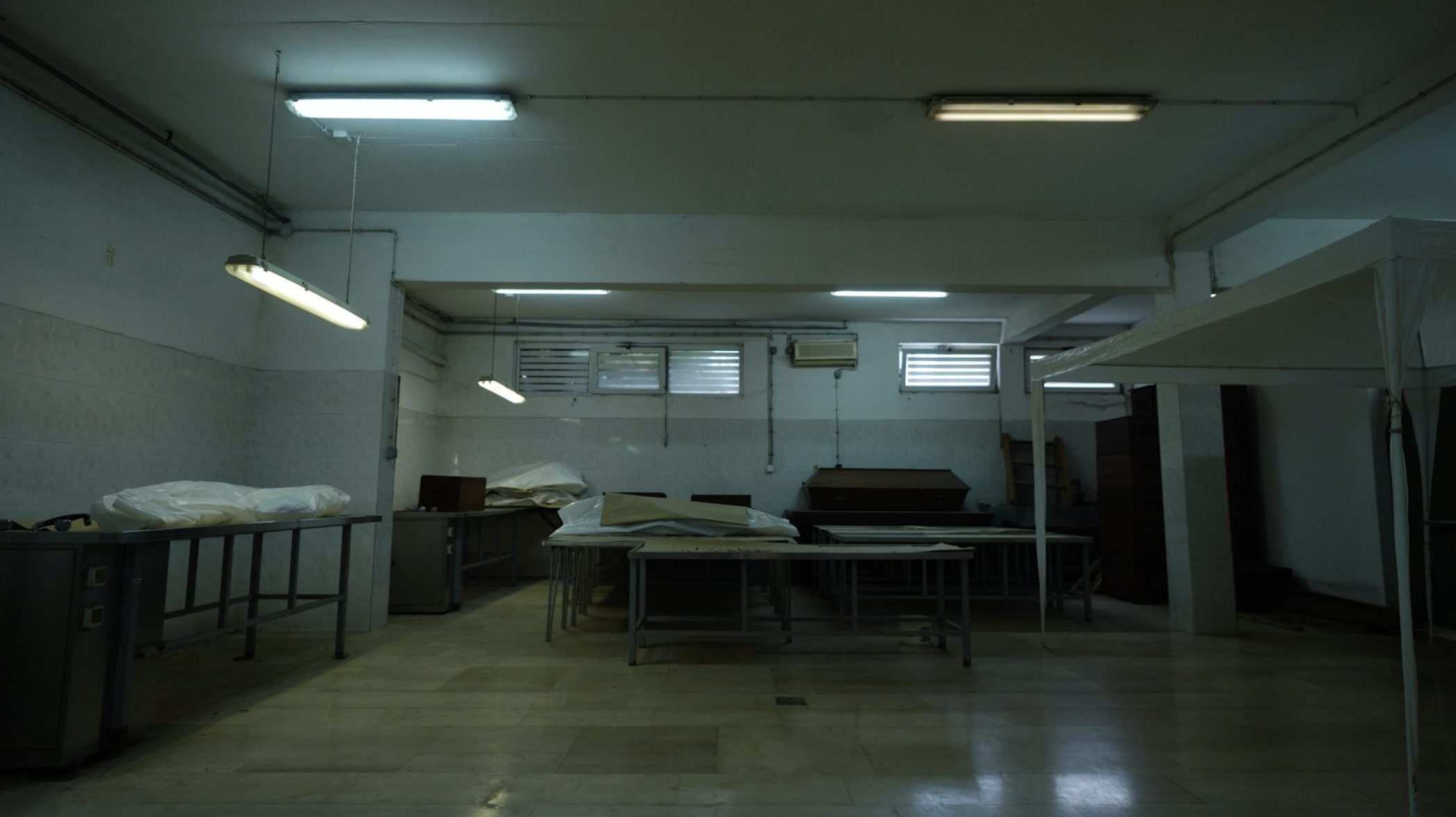This post is also available in: Bosnian
A metal sculpture named Kentauromahia was transported on a tram through Sarajevo on Wednesday as part of an artistic performance designed to remind the inhabitants of the Bosnian capital of a traumatic event at the start of the years-long Bosnian Serb siege of the city.
The city transportation company invited all those who were on a tram that was set on fire by a projectile in Sarajevo’s Skenderija district on May 2, 1992, at the beginning of the three-year war in Bosnia and Herzegovina.
Bajro Imamovic, who drove the tram on May 2, was among those who attended the commemorative ride.
“The shooting began and continued that afternoon. The first projectile fell into the river Miljacka and the second one next to a nearby building. I was driving a tram on line number one, so there were not many passengers on it. After the explosion, we fled to a nearby park,” Imamovic recalled.
Fadila Vasic, who was on the tram at that moment, recalled the gruesome images. “People began screaming and moaning. I got off the tram and began to run. I remember that day with sorrow. I still have a vivid picture of it in my mind,” Vasic said.
The performance forms part of the Third International Festival “The City”. The equestrian metal sculpture is the work of Alma Suljevic, who constructed it 25 years ago in the depot of the city transportation company, GRAS.
She said she had wanted to pay respect to and symbolize the heroism that Sarajevo citizens demonstrated in May 1992, as well as during the later siege.
“We were a miracle watched by the whole world. Whether they wanted to help us or not is another issue, but they did see that the human spirit could not die, because it did not run on electricity, gas or water,” Suljevic said.
She recalled how this sculpture was made and how they had to decide whether to buy bandages or electrodes to complete the artwork.
The artistic director of the Festival, Ibro Spahic, said the sculpture should replace two newsstands in Skenderija, where the tram was burnt down, as “a symbol of that time and a permanent mark”. He said the sculpture would in the meantime remain there for the next seven days.
GRAS director Avdo Vatric said the sculpture had also symbolized the beginning of the revitalization of GRAS and of life in general war-stricken Bosnia and Herzegovina.


